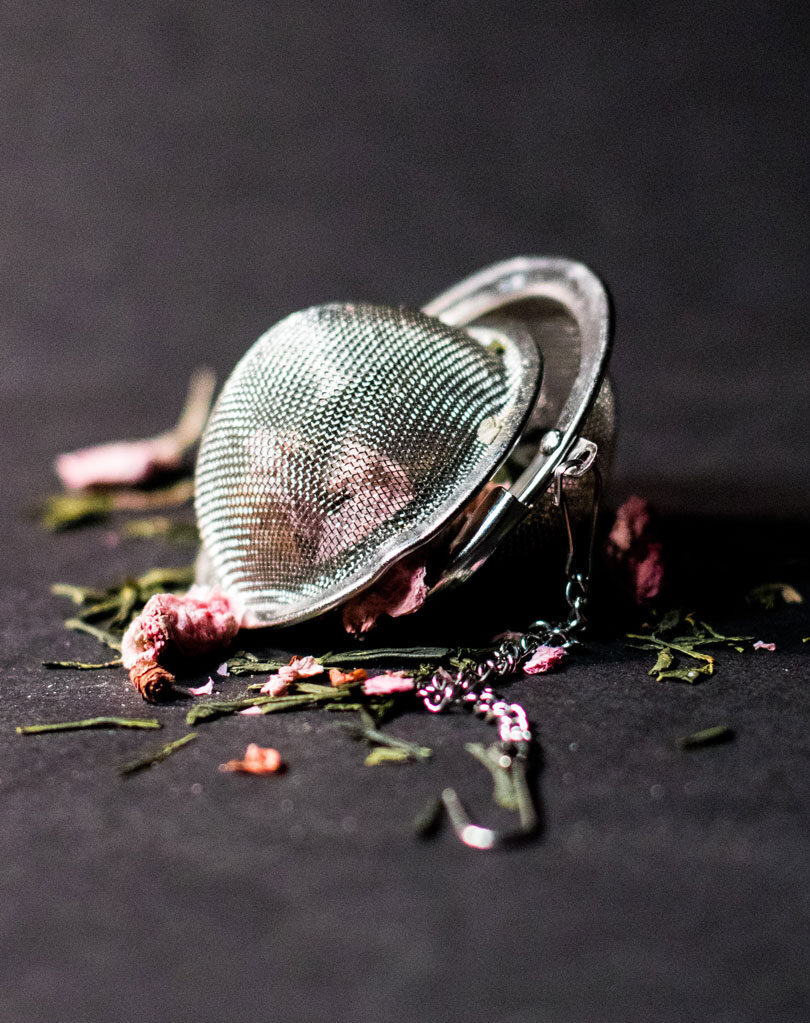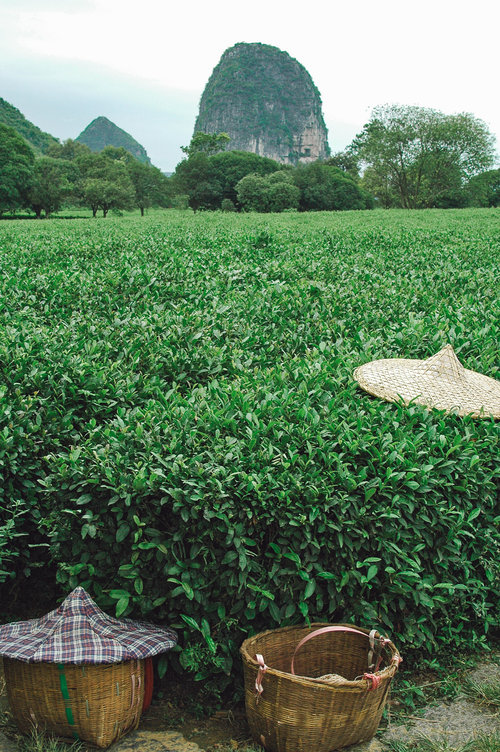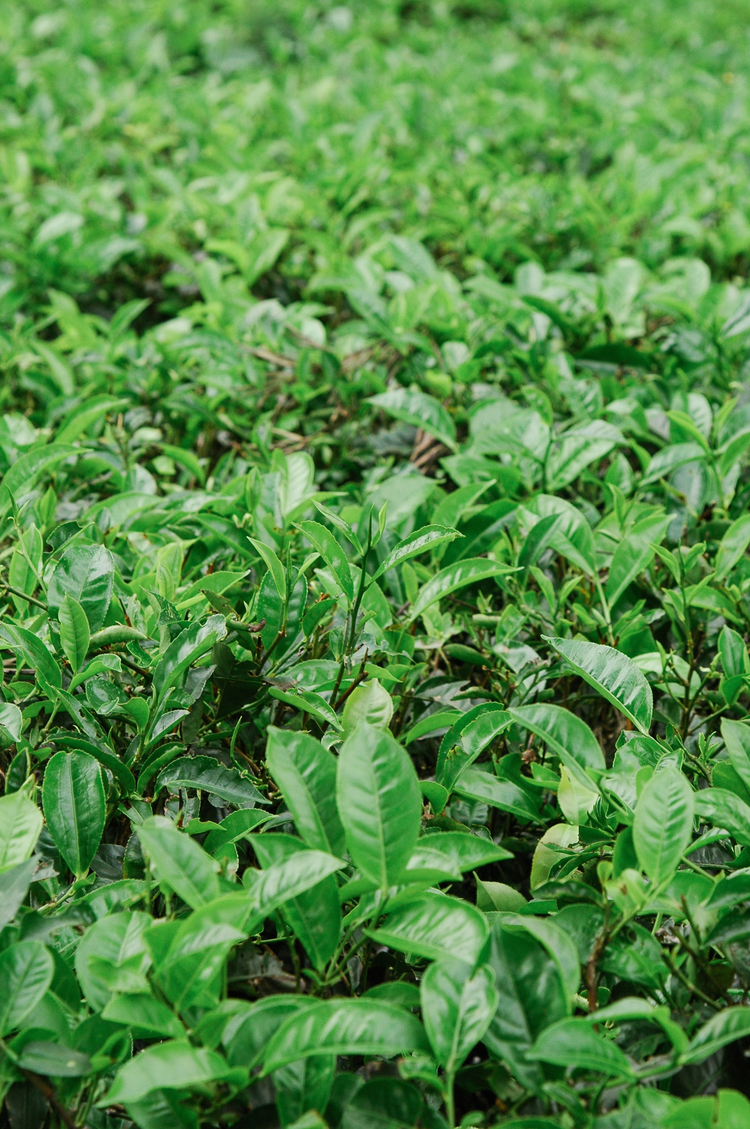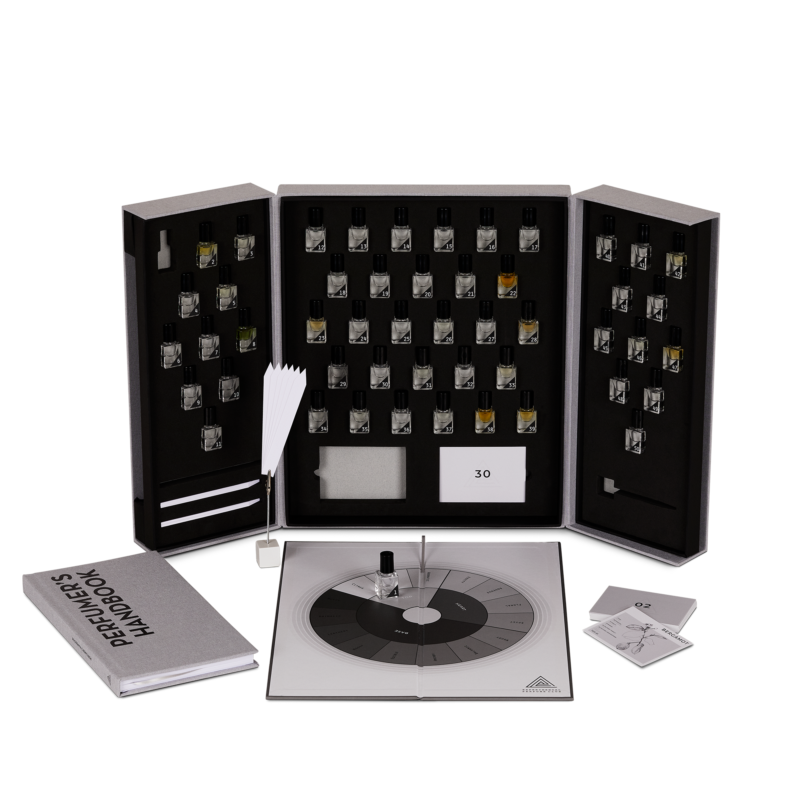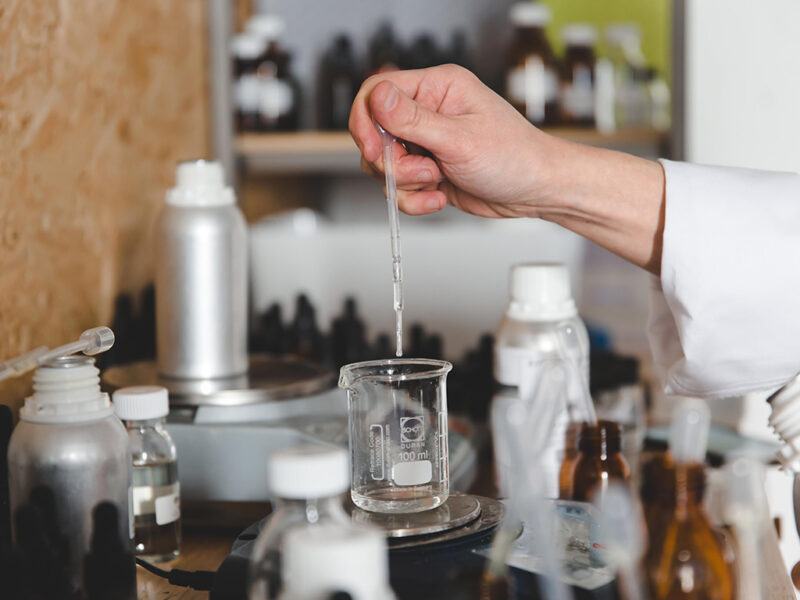Tea is a contemplative ingredient – much like the drink itself. It can add a soothing quality to a scent. It is refreshing and uplifting and often paired with citruses and floral notes.
Put The Kettle On
Renowned and loved all over the world, tea is a beverage we have certainly all drank in some form. Its history dates back to 200BC and was originally used as a medicinal herb rather than a beverage.
Tea is grown all around the world, from Kenya to Sri Lanka and from China to India. Each with a unique identifying scent and taste. Assam, an Indian black tea, is dark with a hint of earthiness, whilst green tea, usually grown in China, is slightly more aqueous. Earl Grey, a well-loved tea in the UK, has its own, very distinct, aroma due to the addition of bergamot, which lends to its citrusy taste and smell.
If you like to read about travel and scent, head to the delightful ScentCorner.
Creating A Tea Accord In Fragrances
A popular note, in modern fragrances, the smell of tea can be created using the natural extracts or a ‘fantasy’ interpretation, called accord. It gives an airy feel to fragrances and can add a soothing quality to a scent . It’s refreshing and uplifting and often paired with citrus and floral notes.
Green tea can be created using mate absolute in small quantities. In its purest form, mate smells closer to tobacco and hay than the watery green tea note you find in perfumes. It is a paste with a very strong green hue with a dry leafy aroma which is both complex and mellow. With great staying power, it clings to other base notes well and can add refinement to a fragrance.
Hedione, often described as a transparent note in perfumery, can also be used to echo tea notes. It gives a kind of airiness to fragrances and is often used in combination with other notes, like jasmine or herbaceous notes, to give an aqueous tea effect.
To create black tea accords, stronger notes are used to evoke the more woody, earthy tones of this darker teas. When recreating the smokiness of Lapsang souchong, perfumers will use a combination of birch tar, cade oil, resins or woods in the accord formulation.

